| dc.contributor.author | Dias, Alex Marcel Moreira | en |
| dc.contributor.author | Lezirovitz, Karina | en |
| dc.contributor.author | Nicastro, Fernanda Stávale | en |
| dc.contributor.author | Mendes, Beatriz C. A. | en |
| dc.contributor.author | Mingroni-Netto, Regina Célia | en |
| dc.date.accessioned | 2020-09-14T13:50:42Z | |
| dc.date.available | 2020-09-14T13:50:42Z | |
| dc.date.issued | 2019-03 | |
| dc.identifier.citation | Dias AMM, Lezirovitz K, Nicastro FS, Mendes BCA, Mingroni-Netto RC. Further evidence for loss-of-function mutations in the CEACAM16 gene causing nonsyndromic autosomal recessive hearing loss in humans. J Hum Genet. 2019 Mar;64(3):257-260. doi: 10.1038/s10038-018-0546-4. | en |
| dc.identifier.other | 10.1038/s10038-018-0546-4 | |
| dc.identifier.uri | http://digital.bibliotecaorl.org.br/handle/forl/435 | |
| dc.description.abstract | Mutations in the CEACAM6 gene were first described as causing autosomal dominant nonsyndromic hearing loss, but two splice-altering variants have been recently described as causing autosomal recessive nonsyndromic hearing loss. We describe the novel and extremely rare loss-of-function variant c.436 C > T/p.(Arg146Ter) in the CEACAM16 gene segregating with post-lingual progressive autosomal recessive hearing loss. This variant is predicted to significantly reduce the size of the wild type protein. Our results give additional support that loss-of-function variants in CEACAM16 cause autosomal recessive hearing loss in humans. | en |
| dc.language.iso | en_US | en |
| dc.publisher | J Hum Genet. 2019 Mar;64(3):257-260. doi: 10.1038/s10038-018-0546-4. | |
| dc.source.uri | https://doi.org/10.1038/s10038-018-0546-4 | |
| dc.subject | Antigens, CD | en |
| dc.subject | Cell Adhesion Molecules | en |
| dc.subject | Deafness | en |
| dc.subject | GPI-Linked Proteins | en |
| dc.subject | Genes, Recessive | en |
| dc.title | Further evidence for loss-of-function mutations in the CEACAM16 gene causing nonsyndromic autosomal recessive hearing loss in humans. | en |
| dc.title.alternative | J Hum Genet. 2019 Mar;64(3):257-260. doi: 10.1038/s10038-018-0546-4. | en |
| dc.type | Artigo | en |
